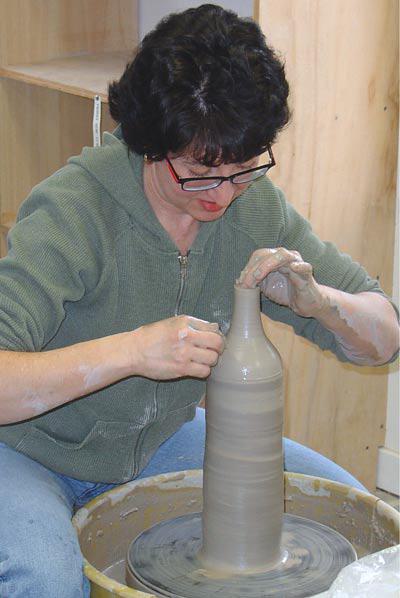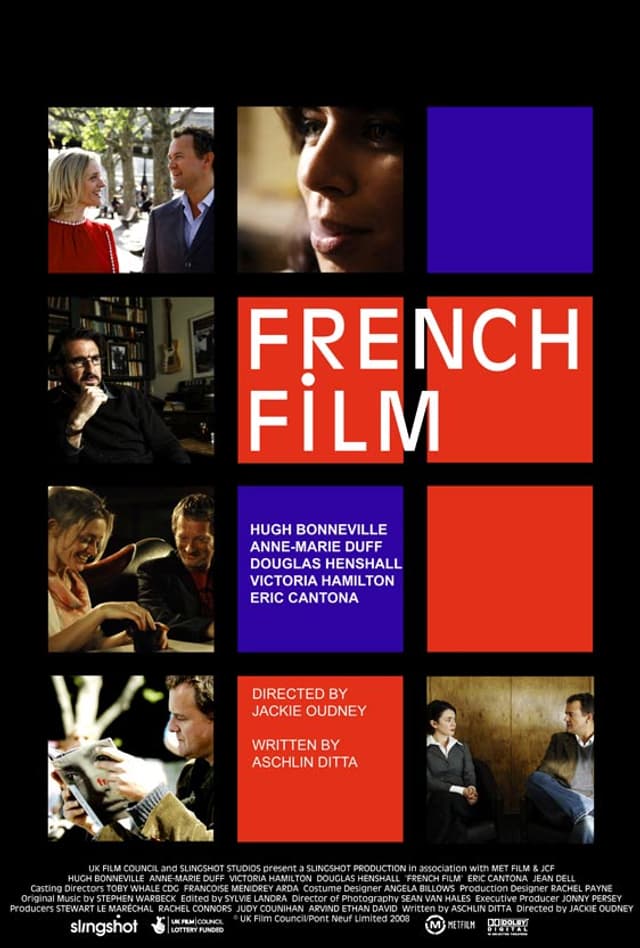Top twelve tips for pattern breaking
- Written by
- Lucy Gower
- Added
- May 21, 2013
We base our thinking on past experiences. In our everyday life this is good, it makes us efficient at performing tasks. However, when it comes to thinking of new ideas it can inhibit our creativity because we automatically revert to past patterns of thinking based on what we know has worked before. If we are going to be genuinely creative and come up with something new we need to break our current patterns of thinking.
‘Insanity: doing the same things over and over again and expecting different results.’ Albert Einstein
Therefore, the wider we look for inspiration and the more new connections we open up to, the more likely we are to come up with genuinely new ideas. The same can also be said when we are searching for a solution to a specific problem. If we deliberately work to break our patterns of thinking in our every day lives we will be better equipped with a resource of experiences from which we can draw when we are required to think more creatively.

‘You can find inspiration in everything - if you can’t then you are not looking properly.’ Paul Smith
The wider we cast our nets in our search for inspiration the more we move away from our current, tired and tested patterns of thinking, the more previously unrelated connections we are likely to make and the more chance we have of coming up with something new. Some organisations actively encourage their employees to experiment with new ideas, the most famous of these is Google and their ‘innovation time off” policy which requires engineers to spend 20 per cent of their time on their own projects guided by their passions and interests.
Our brain is a muscle and to get the best from it we need to keep it in shape. We must be deliberate about breaking current patterns of thinking. Below are 12 (not 10 – see what I did there) tips to help us all break patterns.

- Read a different newspaper or magazine – read something as different as possible to your ‘normal’ paper or magazine and note the differences.
- Watch a film that you wouldn’t usually watch – maybe a different genre, or a film with subtitles, or ask someone else to choose for you as long as it’s different from your normal preferences. Then talk about how you feel about it. Were you pleasantly surprised or bored to tears? Think about why…
- Take up a new activity – as long as it’s new, it doesn’t matter what it is. What have you been meaning to do –singing, dancing the tango, or learning a new language?
- Go for coffee or lunch with a colleague who works in a different team and who will have a different perspective. If you don’t normally go out for coffee or lunch all the better, and if you do go out regularly then go somewhere new.
- Ask children – children are more creative than adults because they haven’t got such ingrained patterns of behavior. They are not afraid to ask why and they will certainly have a different perspective on a problem.
- Take a different route to work ¬– you will have a different experience, encounter different people and break some of the most ingrained everyday patterns in your life.
- Cook a new recipe – use ingredients that you have never tried before. If you are not a natural chef, take a cookery lesson, or eat out in a restaurant that you have never been to.
- Listen to a different radio station – try one that is totally different to your normal preference. Listen to it for a week. Then change again.
- Get out of your normal environment for a set time every week. Go and work from the local coffee shop, hold a meeting in the park, hot-desk in a different department.
- Take a walk in the park during office hours. Deliberately change the pace of your thinking. Take time to ponder.
- Listen to the music charts – do you know what’s number one at the moment? No, me neither. Find out; amaze your colleagues.
- Do lateral thinking puzzles – these puzzles are scenarios which give you a small amount of information and you then have to try and figure out what is going on by asking questions. They help to challenge your assumptions and force you to approach a question in a different way. There are many books and web resources including Destination Innovation from Paul Sloane (Sterling Publishing, London, 1991).

‘Creativity is the ability to see relationships where none exist’. Thomas Disch
And finally, be aware of your different experiences. Keep a notebook and jot down the things that interest you, Think about how the different experiences could connect. This will become your personal record of imagination, inspiration and connections that will help you discover your breakthrough idea.
Further resources
Destination Innovation Paul Sloane
What if Sticky Wisdom
Where good ideas come from Steven Johnson
Time out

















